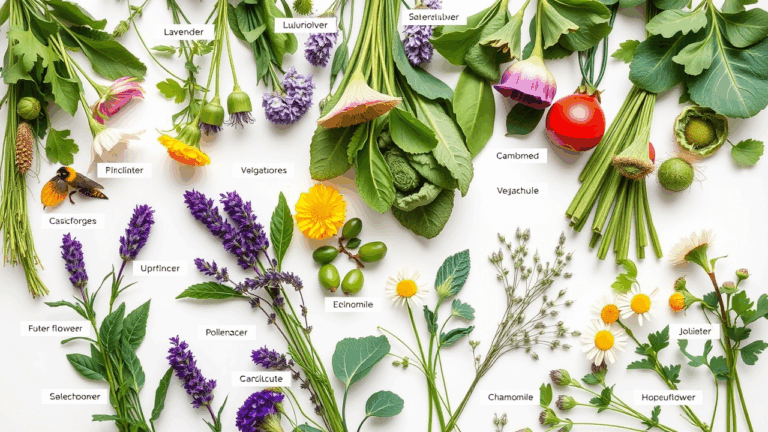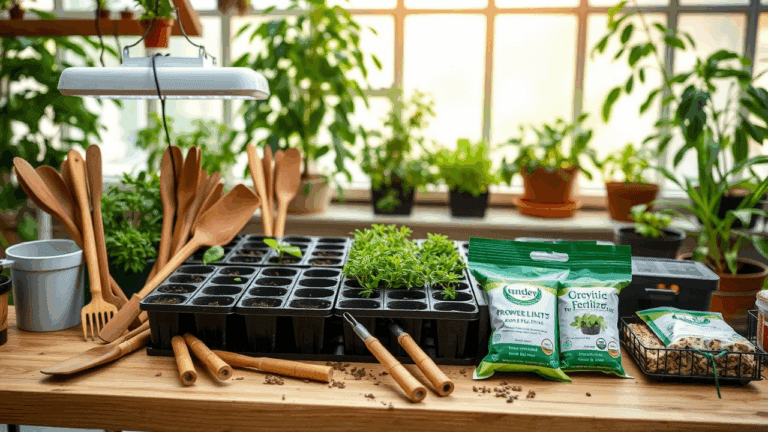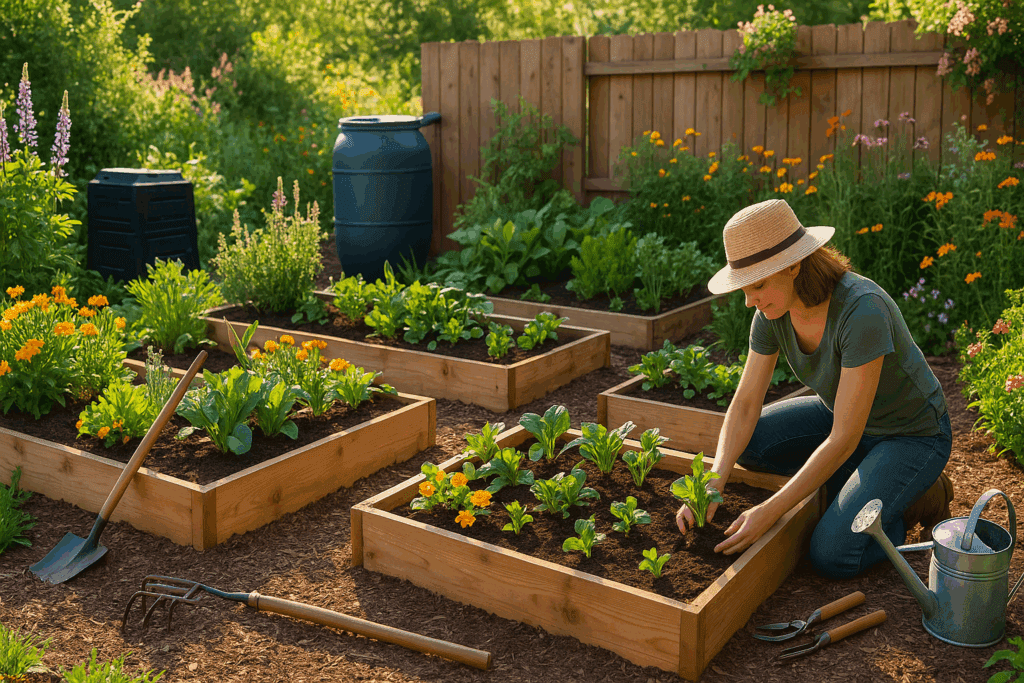Spring has officially arrived, and gardeners everywhere are eager to get their hands dirty. Whether you’re a seasoned green thumb or just starting your gardening journey, 2025 brings exciting new plant trends and time-tested techniques to help your garden thrive. From sustainable practices to the hottest new plant varieties, this comprehensive guide will prepare you for a successful growing season.
Current Gardening Trends for Spring 2025
1. Climate-Adaptive Gardening
As weather patterns continue to change, gardeners are increasingly focusing on plants that can withstand temperature fluctuations and unpredictable rainfall.
- Drought-tolerant landscaping continues to gain popularity, with plants like lavender, yarrow, and native grasses leading the way
- Rain gardens are becoming essential features in areas experiencing heavier seasonal downpours
- Microclimate creation through strategic placement of structures and plants helps protect vulnerable species
2. Edible Gardens with Purpose
The farm-to-table movement has evolved into a more intentional approach to growing food at home.

- Vertical vegetable gardens maximize growing space in urban settings
- Foodscaping blends ornamental and edible plants for beautiful, productive landscapes
- Heritage vegetables celebrate biodiversity and connect gardeners to cultural traditions
3. Rewilding and Native Plant Renaissance
The push toward ecological gardening continues with renewed emphasis on creating habitats.
- Native plant gardens support local pollinators and wildlife
- Meadow gardens replace portions of traditional lawns
- Minimal intervention zones allow natural processes to shape parts of the landscape
Essential Spring Gardening Tips
Soil Preparation
The foundation of any successful garden starts with healthy soil.
- Test your soil pH and nutrients before planting to understand what amendments might be needed
- Add organic matter like compost to improve soil structure and fertility
- Practice no-till methods where possible to preserve soil biology and carbon storage
Smart Plant Selection
Choose plants that will thrive in your specific conditions.
- Research your hardiness zone and select plants appropriate for your region
- Consider sun exposure throughout the day in different parts of your garden
- Group plants with similar water needs to create efficient irrigation zones
Sustainable Watering Practices

Water conservation remains crucial for responsible gardening.
- Install drip irrigation systems for targeted watering that reduces waste
- Collect rainwater in barrels for use during dry periods
- Mulch generously around plants to retain soil moisture and suppress weeds
Pest Management
Integrated pest management approaches help control unwanted visitors while protecting beneficial insects.
- Encourage beneficial insects by planting diverse flowering species
- Use physical barriers like row covers for vulnerable plants
- Employ companion planting strategies to naturally deter pests
Must-Have Plants for 2025
Trending Perennials
- Salvia ‘Ember’s Wish’ – Heat-tolerant with vibrant coral-red blooms
- Echinacea ‘Green Twister’ – Unique lime-green petals with magenta centers
- Baptisia ‘Cherries Jubilee’ – Drought-tolerant with maroon-yellow flowers
Popular Vegetables
- ‘Sunrise Bumblebee’ Tomato – Striped orange cherry tomatoes with excellent disease resistance
- ‘Dragon Tongue’ Bush Beans – Striking purple-streaked pods with exceptional flavor
- ‘Kalibos’ Cabbage – Purple-red pointed cabbage with sweet taste and compact growth
Trending Herbs
- Blue Spice Basil – Vanilla-scented leaves perfect for both culinary use and pollinator attraction
- ‘Hot & Spicy’ Oregano – Intensely flavored variety with excellent drought tolerance
- Lemon Thyme – Versatile herb with bright citrus notes and minimal care requirements
Seasonal Gardening Calendar
Early Spring (March-April)
- Start seeds indoors for summer vegetables
- Prune winter damage from shrubs and trees
- Apply slow-release fertilizers to perennial beds
Mid-Spring (April-May)
- Transplant seedlings after danger of frost has passed
- Divide and replant perennials that have outgrown their space
- Apply mulch to retain moisture during summer heat
Late Spring (May-June)
- Monitor for pest issues as temperatures warm
- Continue succession planting of short-season vegetables
- Install support structures for climbing plants
Conclusion
Spring 2025 offers exciting opportunities for gardeners to embrace sustainability while creating beautiful, productive spaces. By combining trending plants with proven gardening techniques, you’ll be well-positioned for a bountiful growing season. Remember that successful gardening is a continuous learning process—experiment with new approaches while honoring time-tested wisdom for the best results.
What gardening projects are you tackling this spring? Share your experiences and questions in the comments below!
#Gardening #SpringGardening #GardeningTips #PlantTrends2025 #SustainableGardening #NativePlants

